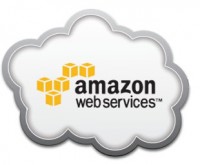Handy Cheat Sheet for PHP File Operations – thanks to @davidwalshblog
Introducing Child Theme Wizard for WordPress
I’ve just finished writing a new WordPress Plugin to help you create Child Themes with a single click, and no need for any external tools. The Child Theme Wizard is a super slim assistant which can be accessed under Tools – Child Theme Wizard. Pick a Parent Theme, enter additional information, click Create Child Theme … Read more

 Passive FTP connections should work out of the box in Plesk. If no other firewall or NAT is interfering with it.
Passive FTP connections should work out of the box in Plesk. If no other firewall or NAT is interfering with it.